This is the time of year when all things seem possible. You might be planning improvements to the vegetable garden. Maybe you’re also thinking of adding a focal point like a small accent tree or garden art to one of the perennial beds. And you really need to do something about that view outside the picture window. It needs more year round appeal. After all, you spend a lot of time looking out there. The solution may be simpler than you think.
Creating interest outside a window depends not only on plant choices but also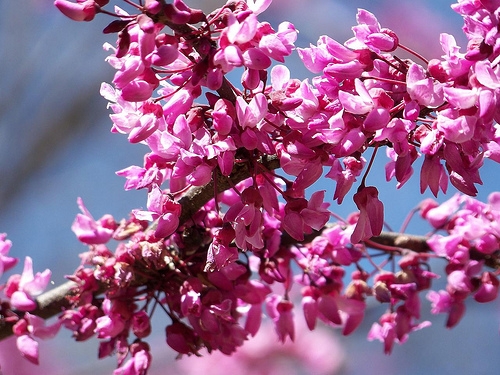 . Keep the garden simple and restful. Editing some of the plants will make the garden lower maintenance, too. Plants that have overgrown the space need constant pruning. Move them to a better spot.
. Keep the garden simple and restful. Editing some of the plants will make the garden lower maintenance, too. Plants that have overgrown the space need constant pruning. Move them to a better spot.
Limit the number of elements in the garden. Rather than trying to include everything in the garden try for a unified look with the fewest number of things. Make each one count. Place objects to define a space. This doesn’t mean creating separate garden rooms necessarily but more like a set of boulders to signify distinct parts of the garden.
Another tip that makes an area more restful visually is to limit your plant palette. Plants that you can see through make a space seem larger. Some plants like Japanese maple, nandina and dogwood are naturally airy while other plants like camellia can be pruned for openness. Low growing, mounding groundcovers help unify the garden. Plant soothing greenery for year round appeal with seasonal color from perennials and shrubs.
Simple gardens can be beautiful year round and low-maintenance, too.

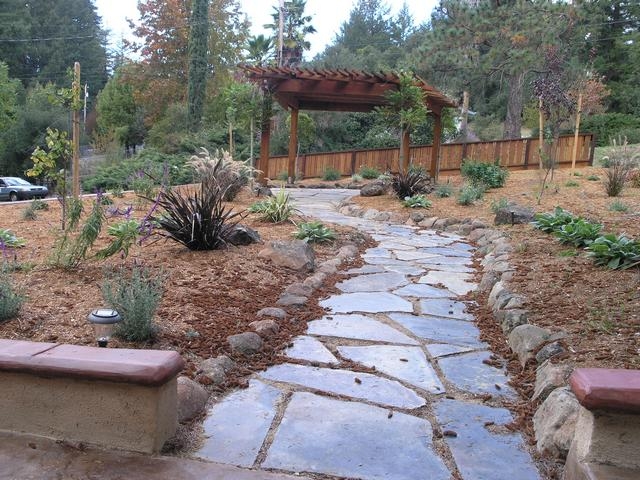 hinking that this is the year to go lawn-free here are some tips.
hinking that this is the year to go lawn-free here are some tips.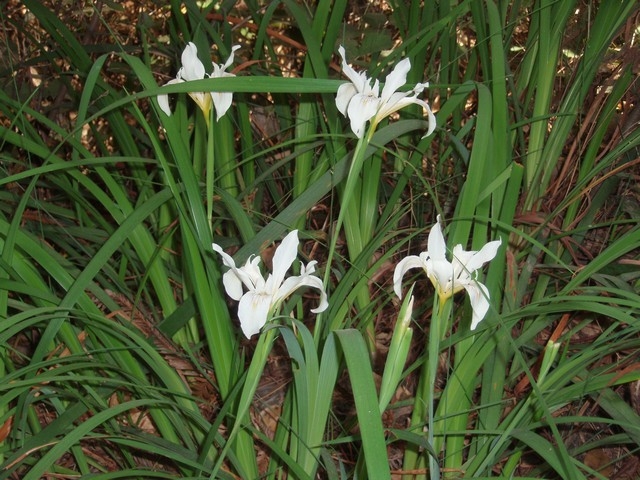
 Red-twig dogwood is stunning in the fall with its brilliant red foliage. In the winter, dark red stems provide a nice contrast to evergreen plants. This multi-stemmed shrub grows rapidly to 7-9 ft high and spreads to 12 ft or wider by creeping underground stems and rooting branches making it good for holding banks. Shade tolerant with small fruits that attract birds follow 2" clusters of creamy, white flowers in the summer.
Red-twig dogwood is stunning in the fall with its brilliant red foliage. In the winter, dark red stems provide a nice contrast to evergreen plants. This multi-stemmed shrub grows rapidly to 7-9 ft high and spreads to 12 ft or wider by creeping underground stems and rooting branches making it good for holding banks. Shade tolerant with small fruits that attract birds follow 2" clusters of creamy, white flowers in the summer.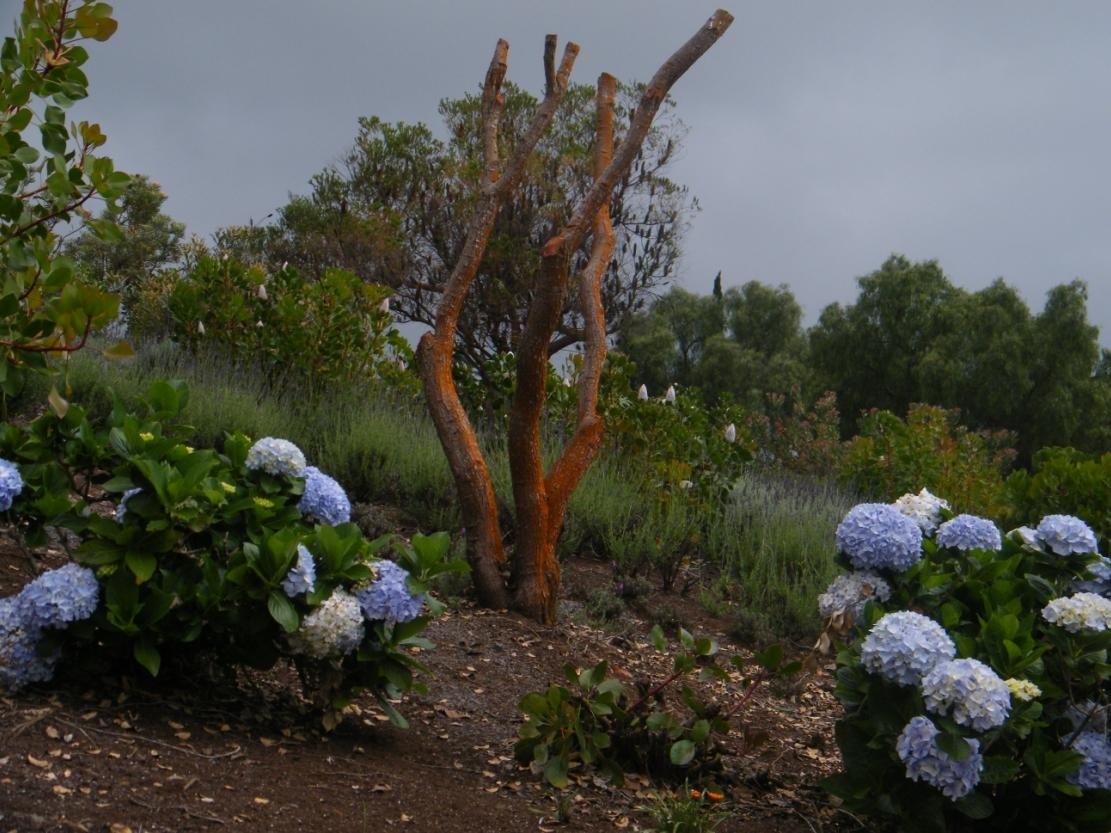 in several ways just as we do. One way is to grow the right plant in the right place. For example, at 4000 ft elevation near the volcano, 55,000 lavender plants of 45 varieties grow happily in rocky soil. Olive trees – brought over from Santa Cruz – dot the fields. Interesting to note that the lavender plants provide a natural pesticide against the ants that invade the protea flowers. Proteas do well here. Reminded me not to miss our spectacular show of proteas at the UC Arboretum in April and May. If you’ve never walked through this free garden it’s a treat not to be missed.
in several ways just as we do. One way is to grow the right plant in the right place. For example, at 4000 ft elevation near the volcano, 55,000 lavender plants of 45 varieties grow happily in rocky soil. Olive trees – brought over from Santa Cruz – dot the fields. Interesting to note that the lavender plants provide a natural pesticide against the ants that invade the protea flowers. Proteas do well here. Reminded me not to miss our spectacular show of proteas at the UC Arboretum in April and May. If you’ve never walked through this free garden it’s a treat not to be missed. 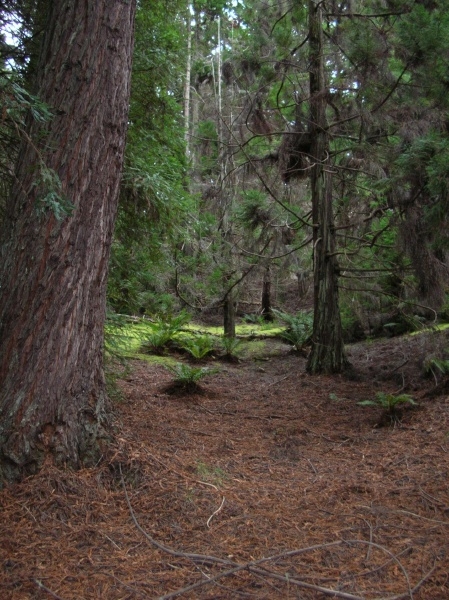 . A sign there said they were grown for commercial reasons in Hawaii. So now that I’m here on the island of Maui I just had to see them for myself.
. A sign there said they were grown for commercial reasons in Hawaii. So now that I’m here on the island of Maui I just had to see them for myself.